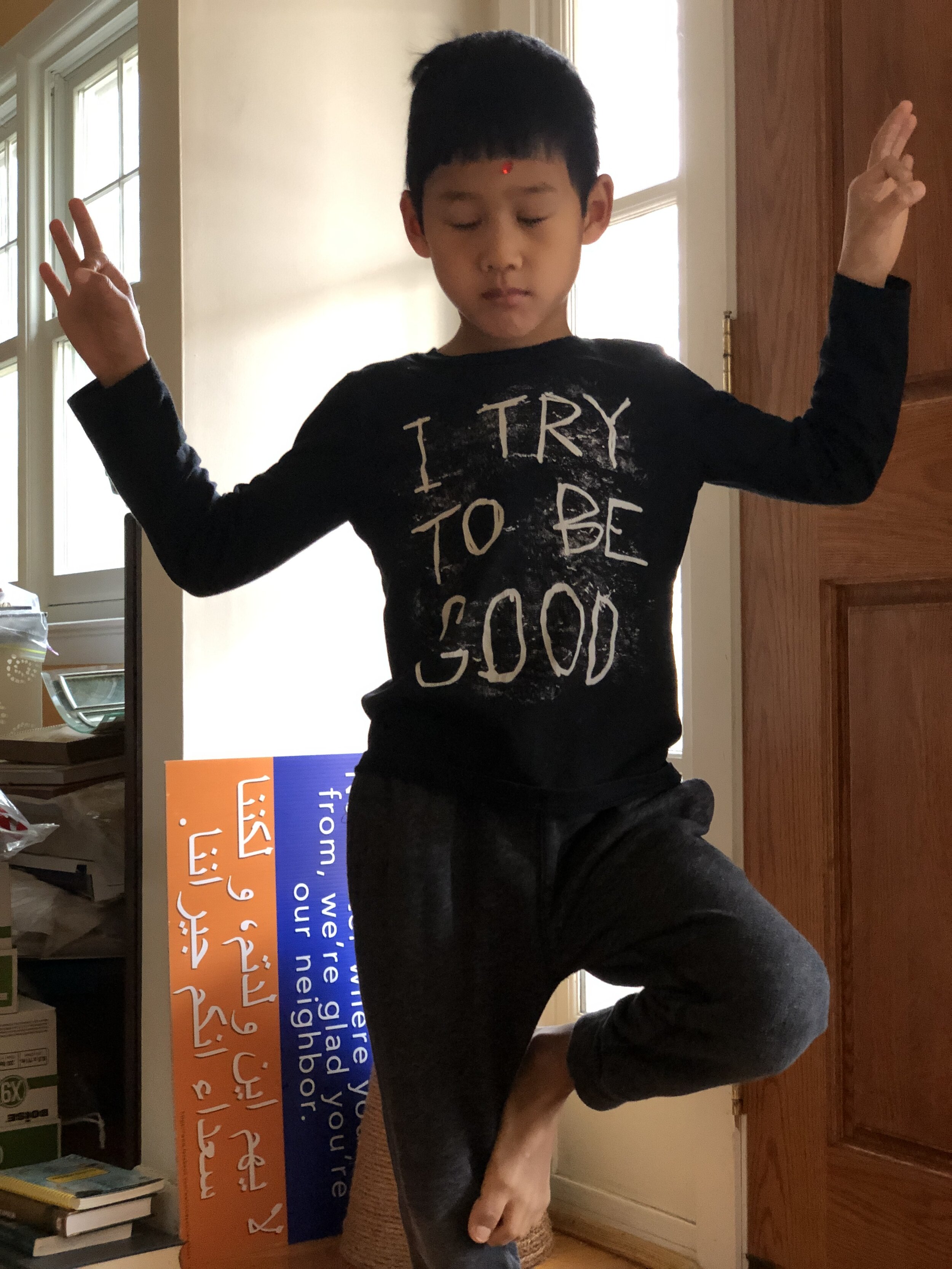Mobile Device Video: Best Practices
Many of us find ourselves quarantined at home, and thrust into the job of producing audio and video for various forms of presentation: work, church, social media, family birthday cards, you name it! I keep seeing many of the same questions repeated, and many of them center around shooting self videos with mobile phones. So, I thought I would share some best practices that I have discovered over the past couple of months. Enjoy and share!
Film yourself in horizontal orientation. This will fill the screen on most devices.
Go to Settings ---- Camera ---- Record Video --- set to “4K at 30 fps” on iPhones or the equivalent settings on other devices. This will give you excellent video quality.
Film yourself with the back camera. This will require a little doing to get it set up and aimed at where you will be standing or sitting. The selfie camera on the front of the phone usually produces lower quality video and may make things appear backwards in the video.
Film yourself in bright light. Images from phone cameras look great in brighter light, so set up near a window, or in a well lit room.
Don’t set up with a bright window behind you! This will backlight you, and you will just be a shadow of your former self on screen! Set up facing the window, or with it to your side.
Set up your phone about level with your face or neck. Low-angle shots look a little odd, and an eye level camera appears more natural.
Get close enough that you fill the screen. People want to see YOU!
A small tripod helps. There are many available on Amazon, search for “phone tripod” and see what comes up. Manfrotto makes really nice ones and they are pretty affordable - go HERE to check it out!
Beware your background. Backgrounds truly can make or break a shot, so in general make sure it is uncluttered and that nothing appears to be sprouting from your head or shoulder.
For audio, find the quietest place you can… turn off your dishwasher, put the dog outside, turn off the TV nearby, etc.
You can sometimes get better audio by using the headphones with built-in microphone that plug in to your device. Give it a try!
I hope this helps, and good luck with you mobile phone video adventures!
Film horizontal, from the back camera, and keeping the phone at roughly eye level will help you make a more attractive and useable video.
Recommended Manfrotto mobile device tripod - see link above.





